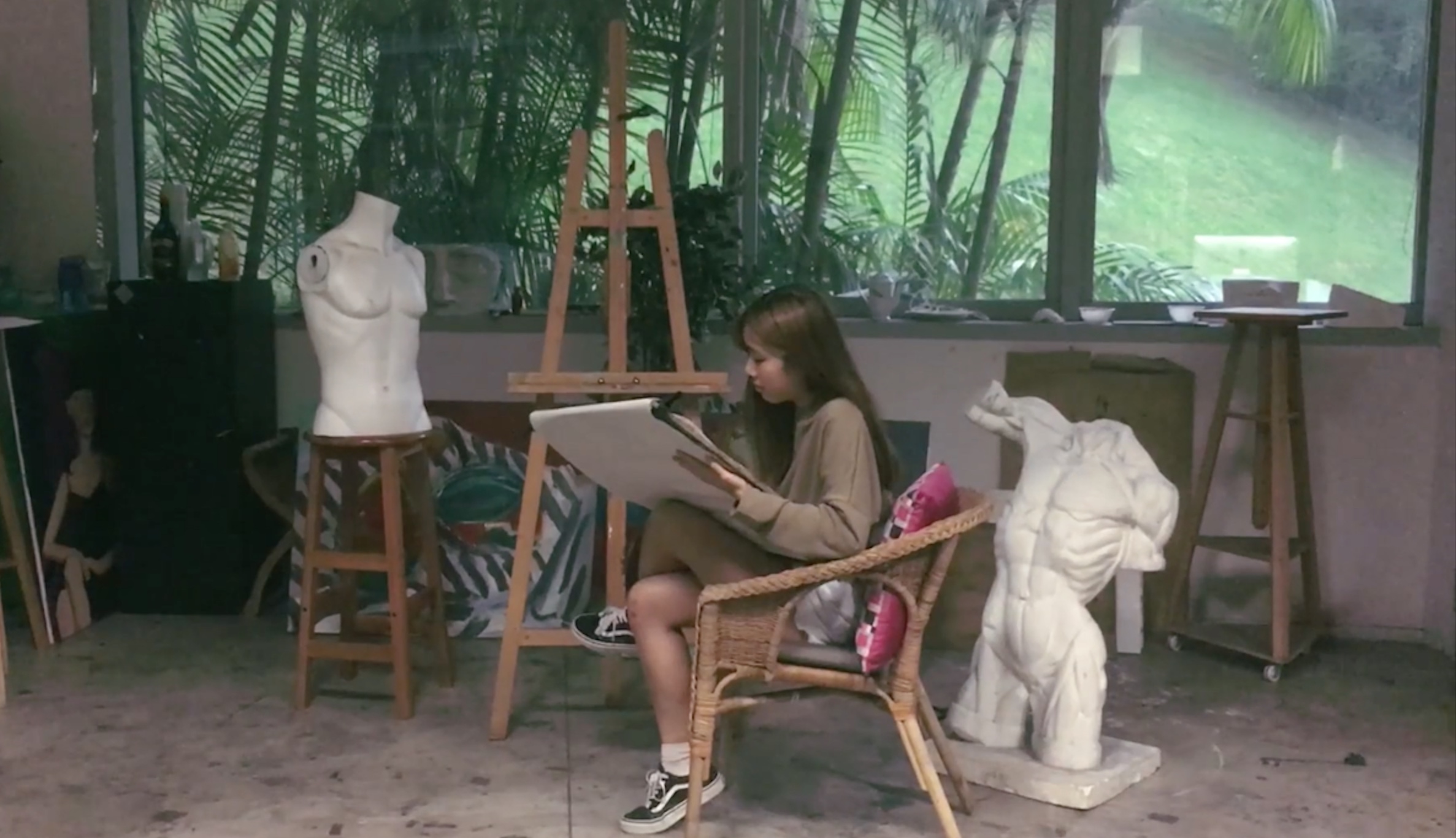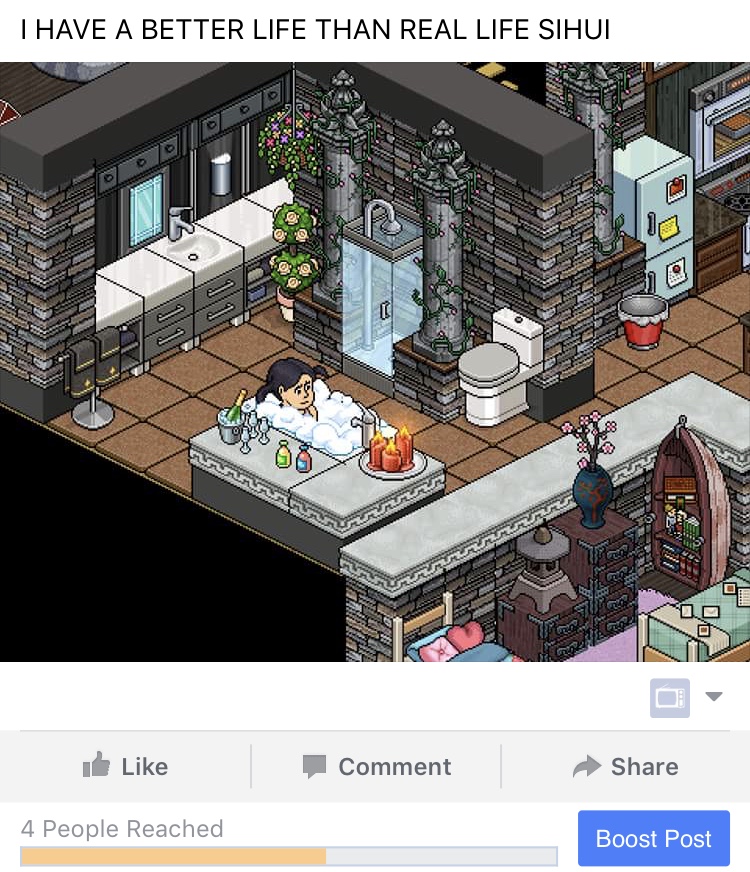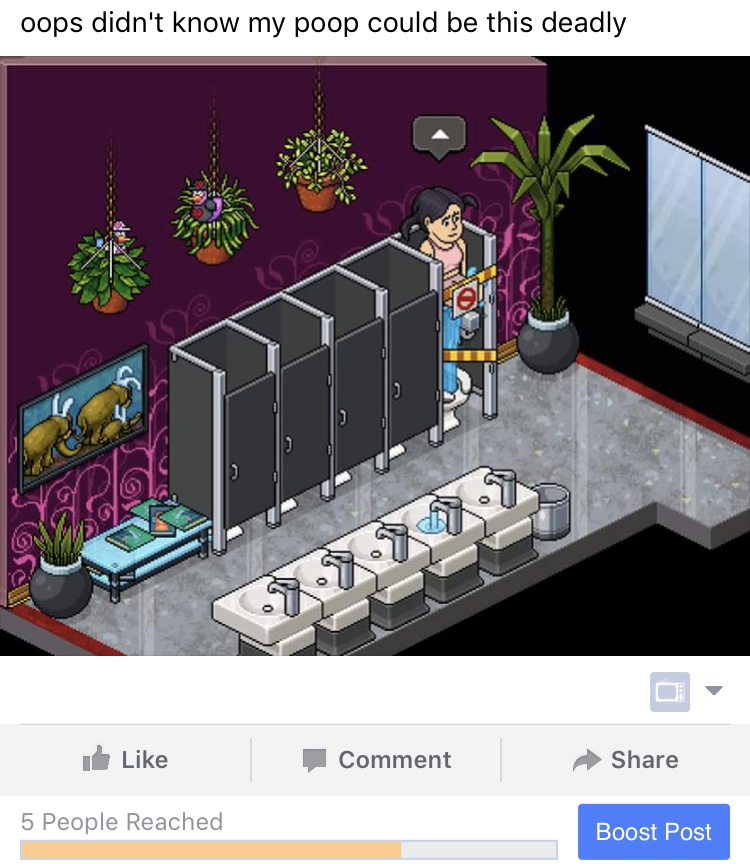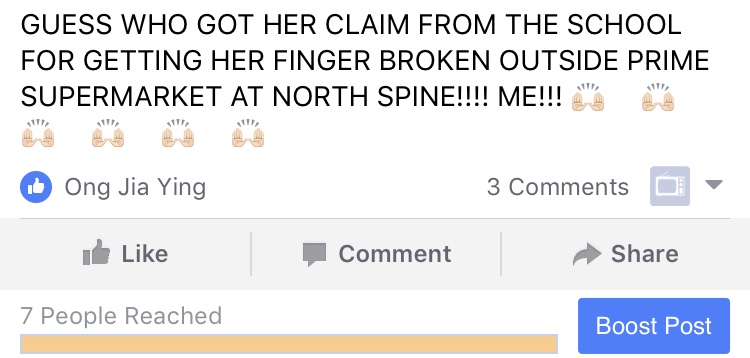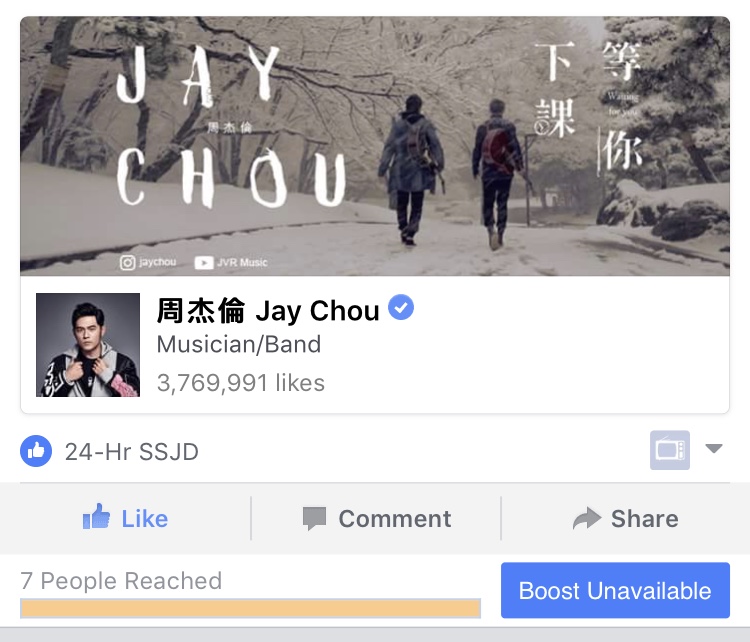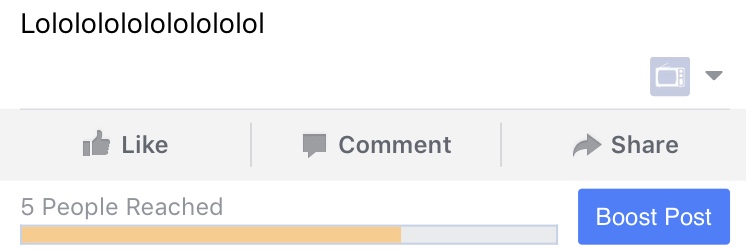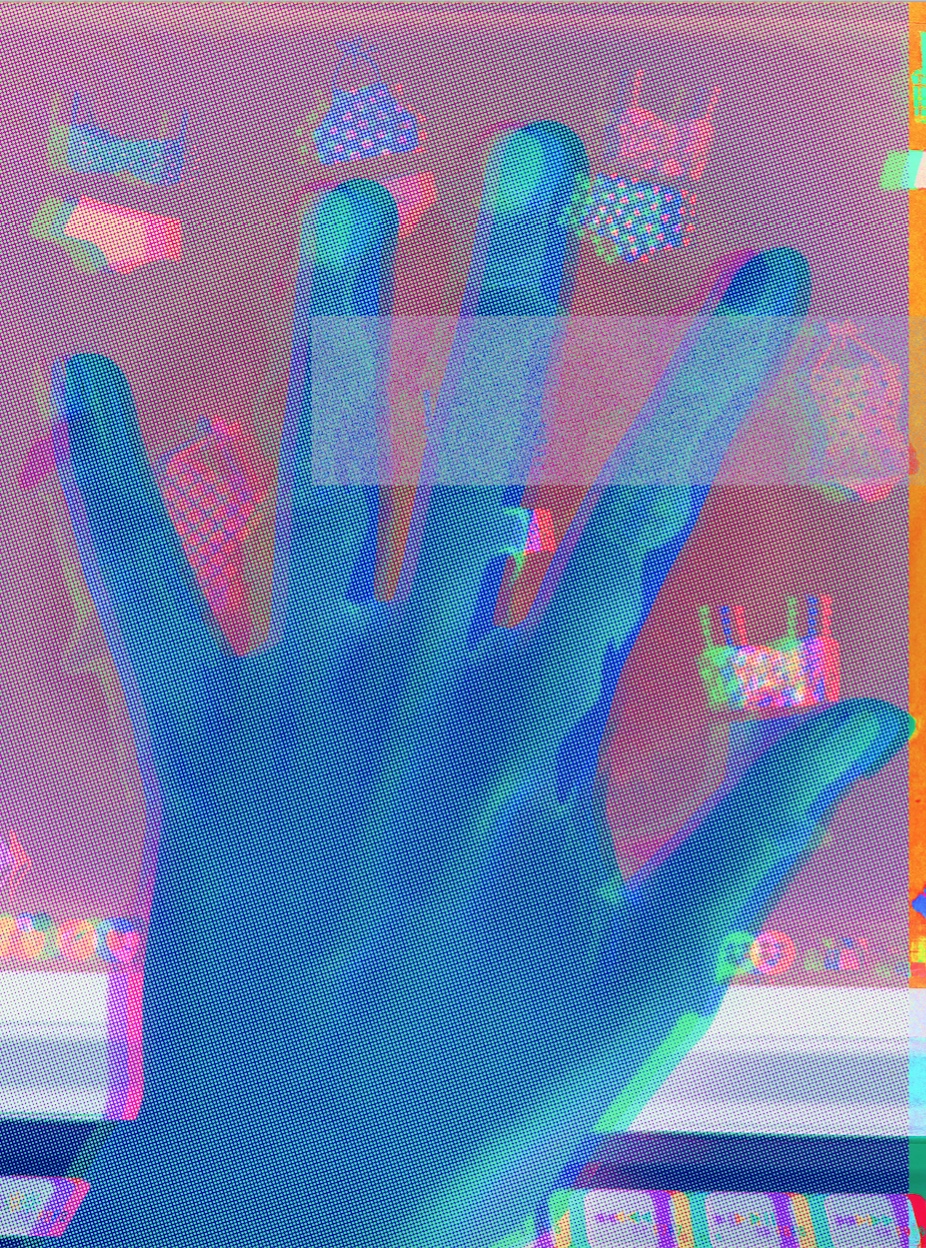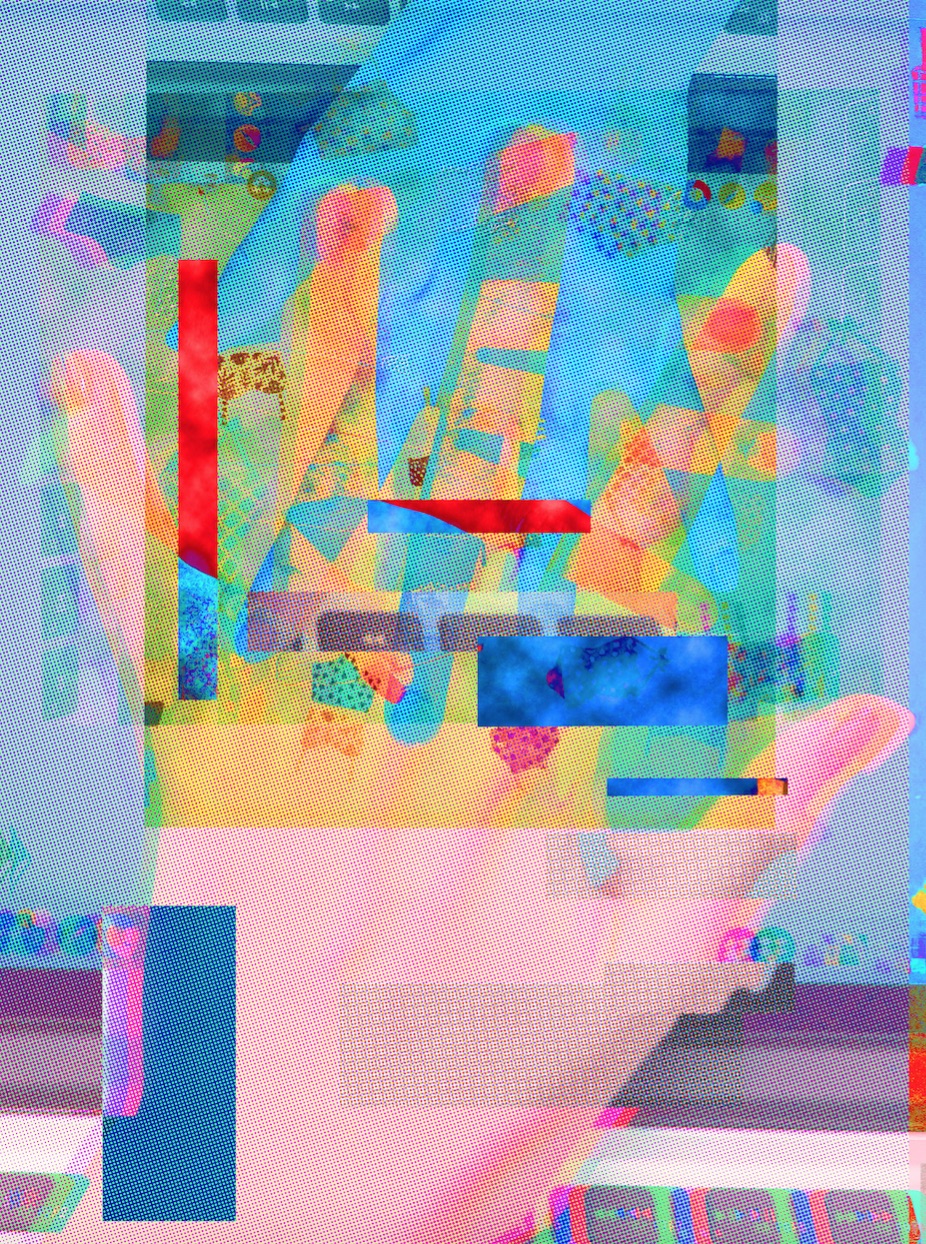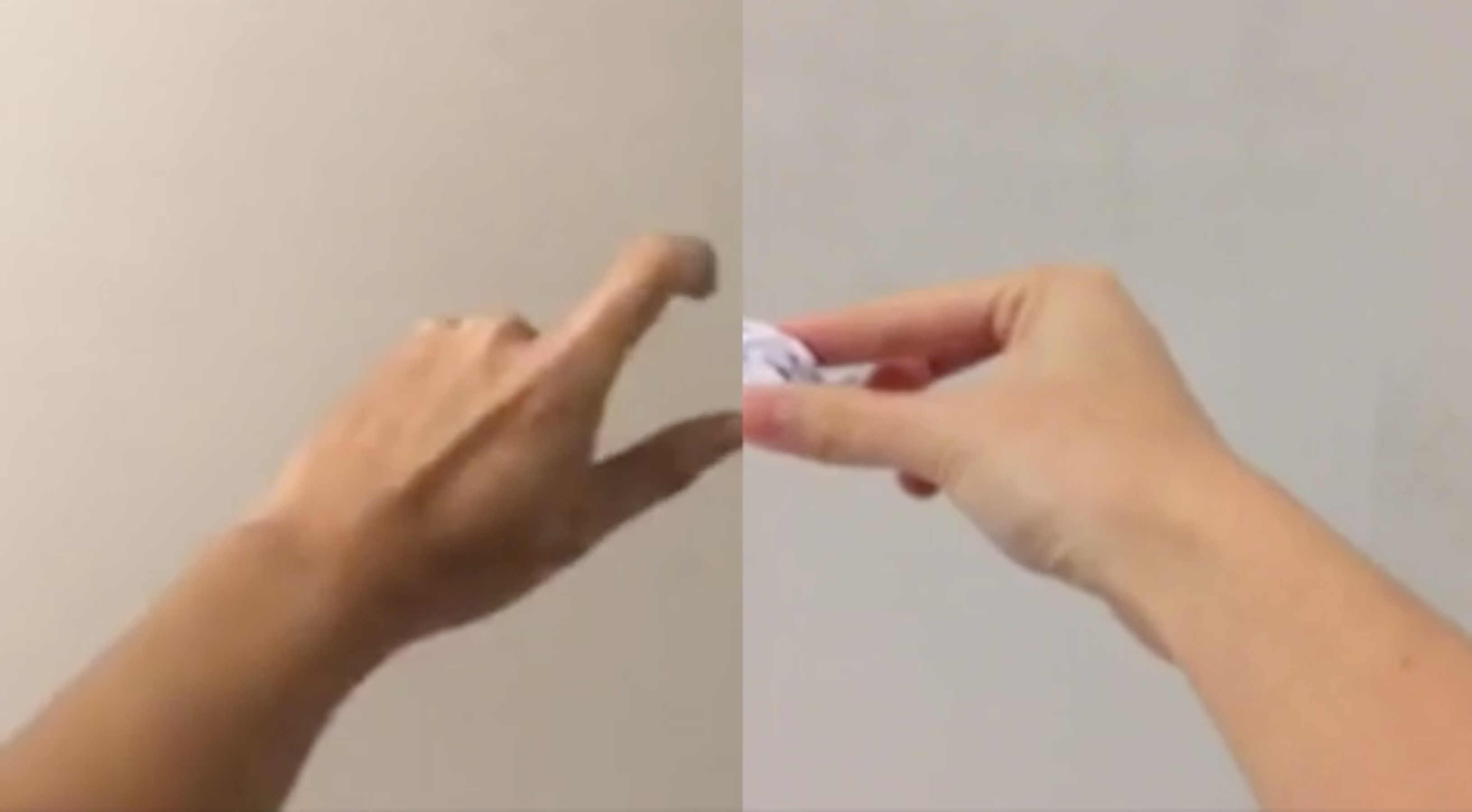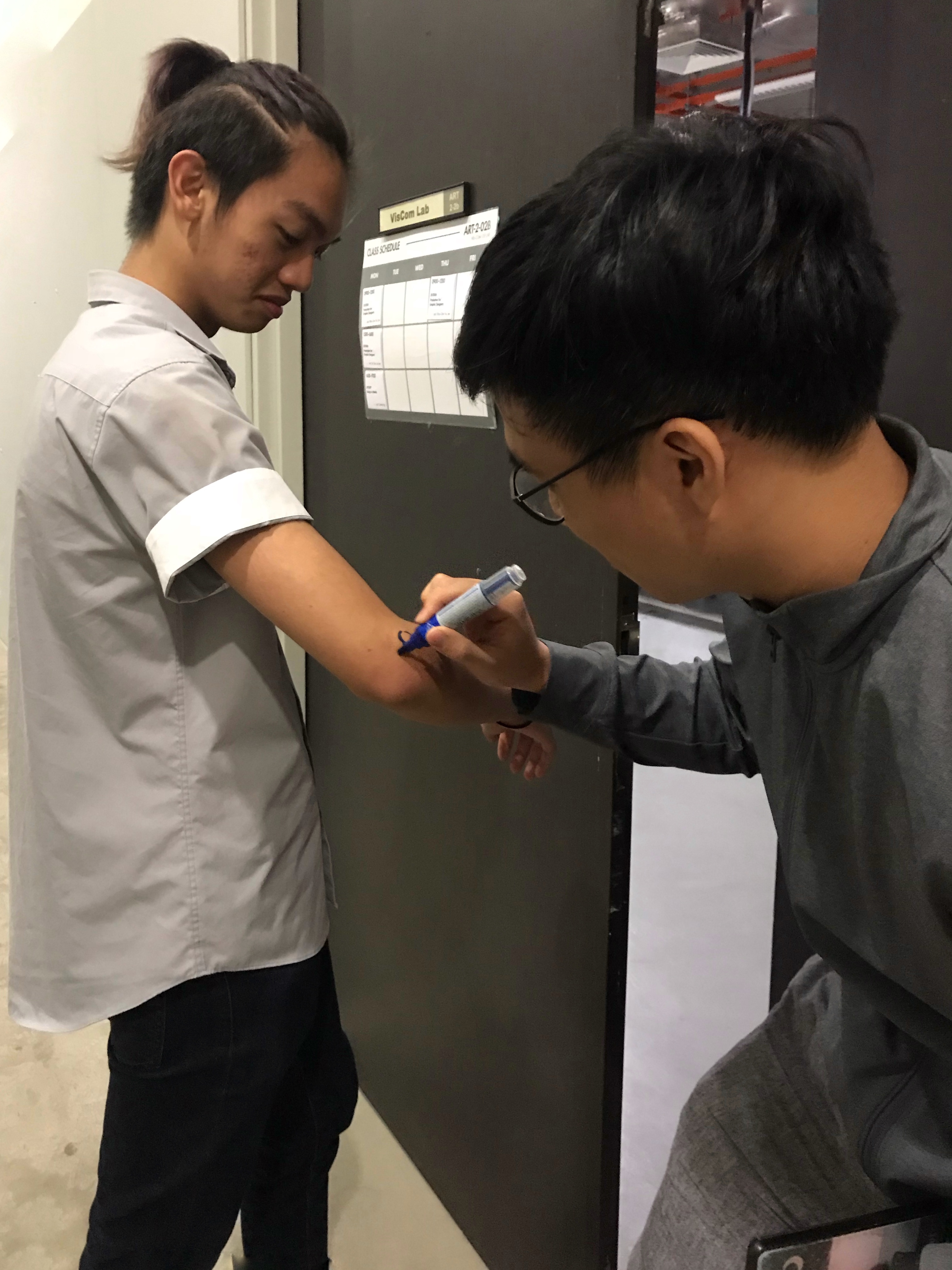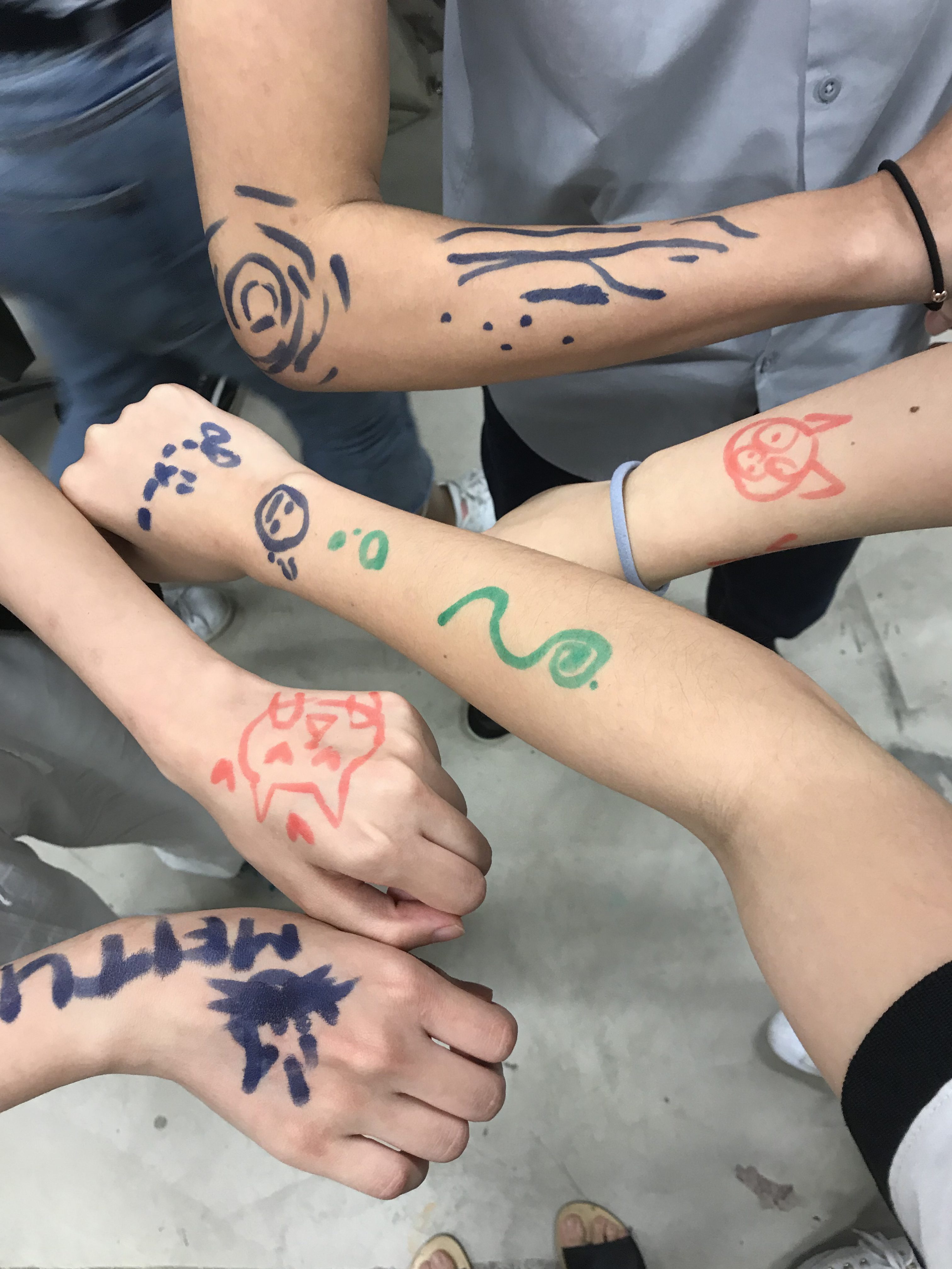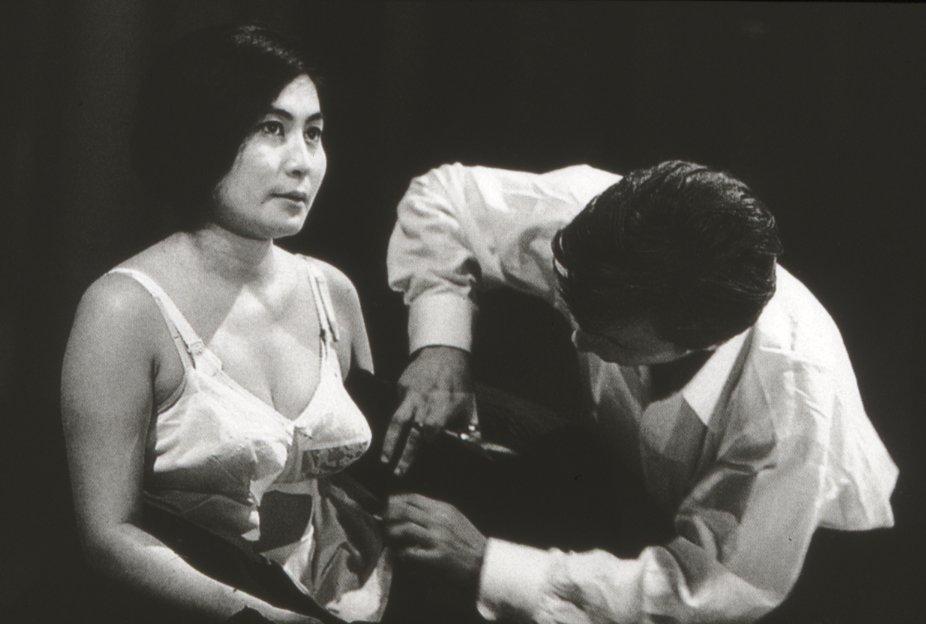For my artistic altered ego I wanted to be Michelangelo, a renowned renaissance artist. In the video, I was doing an anatomy study (credits to Don’s sketch that I found in the room). This was to replicate Michelangelo’s love and interest for human figures and their anatomy.

I choose to film my video in ADM art studio where painting and drawing materials were readily available. In reference to Michelangelo’s studio as seen below, I wanted to create a private space that was dimly lit and surrounded with human sculptures. I also played renaissance music in the background and applied a warm tone filter to bring my viewers back in time.
.jpg)
I think that the use of video is a very good way of altering or concealing identities because there is no direct interaction between the viewers and the curators. The information only goes one way and the amount of information received by the viewers is limited. The curators have full control over what they want the viewers to know. Everything behind the screen could be planned by the curators to portray the persona they intended.
The objects present in the set are very essential to convey the intended persona or message to the viewers. These objects can help to shape the viewer’s perception and push them towards a certain direction. But I think that the use of objects or props must considered carefully in terms of cultural context and age group because these factors could affect how people perceive things.
